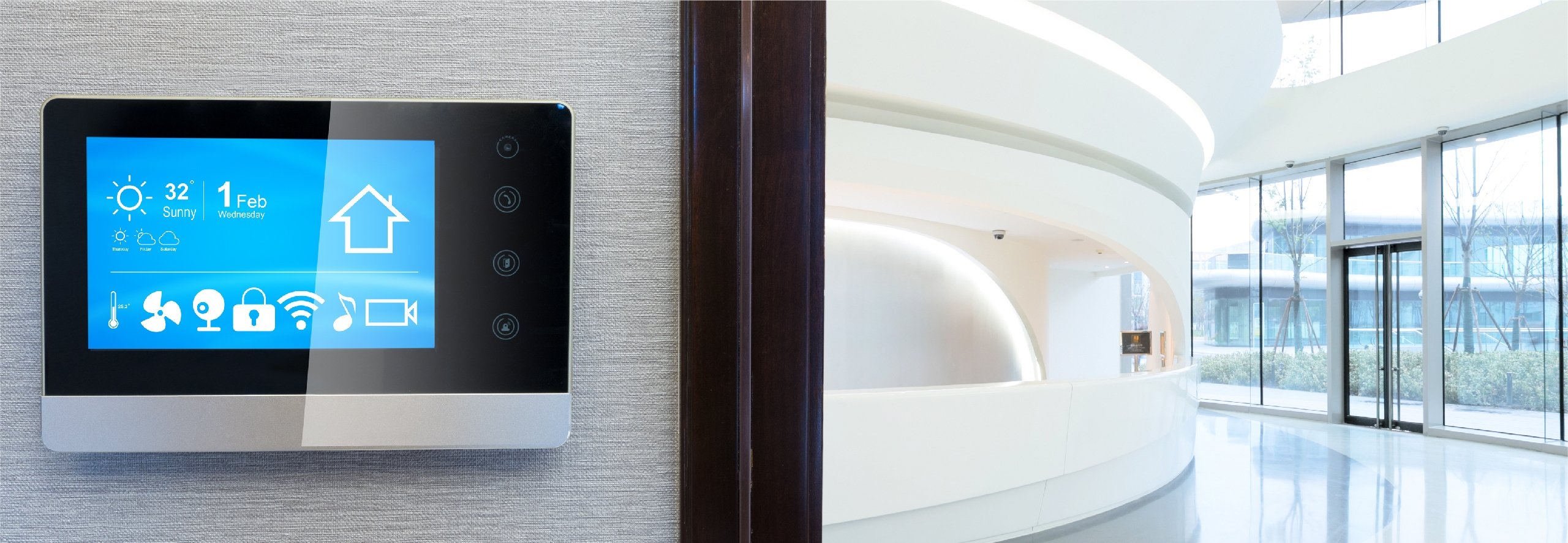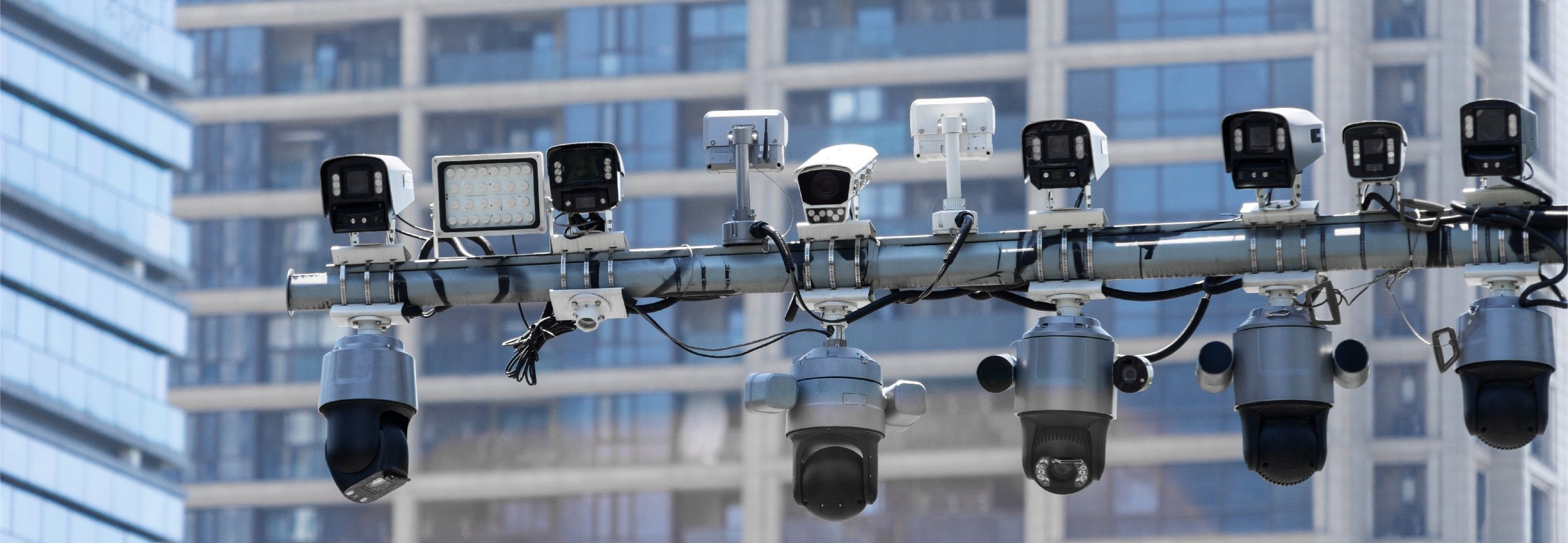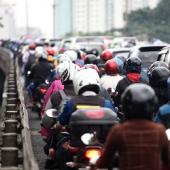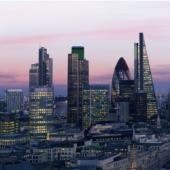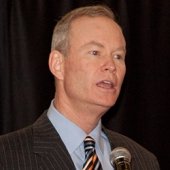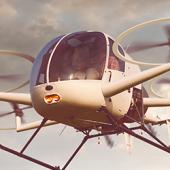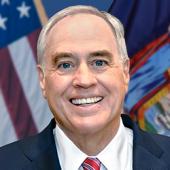Protiviti: Emerging technologies, IoT will impact just how smart cities become
IN BRIEF
- How to maintain individual citizens’ privacy while making the right information available to the right people at the right time is an ethical question that is subject to ongoing debates.
- Everybody loves that an app can tell you if you’re going to arrive somewhere two minutes late, but nobody is really thinking about the data that app is collecting on every phone.
- Increased connectivity means that city officials must think through contingency plans and mitigation strategies to keep a city’s infrastructure up and running in the event of an attack.
The Internet of Things is a game-changer that is slowly—and sometimes not so slowly—transforming the modern world before our eyes. The IoT market is growing, and it’s only a matter of time when smart cities will be a grid of connected devices that communicate with each other in real time. They will have the power to provide humans, computers and entire systems with data designed to improve our lives in any number of ways. But all this connectivity could be a double-edged sword. VISION by Protiviti’s Editor-in-Chief Joe Kornik sat down with Protiviti’s Christine Livingston, Managing Director, Emerging Technologies – IoT, and Geoff Weathersby, Director within the same group, to discuss the future of smart cities, IoT, privacy and regulation.
Kornik: You both spend a lot of time thinking about emerging technologies. What’s the potential for smart cities? How “smart” can cities get and what could that mean for the future?
Livingston: When it comes to cities, we’ve already started to see many of those emerging technologies. The critical infrastructure that supports cities is being controlled and sustained by these connected devices. And that can mean things like your water supply, your power, your electricity, the traffic lights… all the infrastructure that enables these cities to operate. One of the things that's been interesting is, we can start to see those devices pivot to play multiple roles. For example, traffic lights or intersections may have devices that were installed to monitor traffic flow and accidents, but now they could be used to investigate crime. So, things that were installed for a single purpose are pivoting to a much larger scale of possibility.
Weathersby: You’re 100% right, and I think we'll see more of those multiple uses being applied as cities continue to mature and adopt more technology. I think, as Christine said, we’ll see that improved infrastructure creates more efficiencies on the maintenance and support side. Cities have apps now where residents can react in real time and report something, whether it’s a pothole or graffiti. Suddenly, there’s visibility, and a city can act in a much shorter time frame. That communication, ultimately, results in an improved customer experience for people in cities. That could mean real-time synching of traffic lights, resulting in less traffic. That’s one area ripe for change, I think; we’re going to see big changes to mobility in cities. On a smaller scale, look at smart parking meters where you pay with an app, for instance. But I think the real impact on consumers and individuals is going to be better access to information, which leads to a more seamless interaction with the city around you.
Kornik: You mentioned both utilities and mobility, two services that are impacted in a smart city. What are the key issues in those areas, and which of the two will impact city dwellers in a more significant way?
Weathersby: Well, I think the most visible one is going to be mobility, for sure. We take energy for granted, especially here in the United States. We hit that light switch, and we expect it to work. Most of us don't really care about the carbon emission footprint or the kilowatts we’re using every day, at least not now. We're going to see a lot of movement on sustainability, and we'll see that develop, certainly, over the next 10, 15 or 20 years. New builds are very conscious of this and are built to smart building standards, but in a city there’s a lot of retrofitting required. How do you turn a 150-year-old brownstone in Manhattan into a LEED-certified building without tearing it down? Well, same thing is true with mobility. How do we retrofit mobility in cities? You’ve seen some cities in Europe decide to just block off cars from certain areas of the city, and people will travel on scooters or bikes or in autonomous vehicles to get around. As far as the most visible and disruptive game changer, it’ll be mobility.
How do you turn a 150-year-old brownstone in Manhattan into a LEED-certified building without tearing it down? Well, same thing is true with mobility. How do we retrofit mobility in cities? [...] As far as the most visible and disruptive game changer, it’ll be mobility.
– Geoff Weathersby, Protiviti
Kornik: Are you confident city officials will be savvy enough to use all this data they’re gathering in the right way? And while we’re at it, aren’t there some privacy and cyber security concerns to consider?
Livingston: Absolutely. I think about things like the Colonial Pipeline attack or the Florida water supply security event earlier this year as examples. It’s not all that interesting to think about how your water or energy is delivered to your home. It’s easy for it to feel invisible; it’s not a concern until it is a concern. But once systems are connected, that introduces a certain amount of vulnerability, and that's where you start to see some of the security concerns. There needs to be intentional thought about what those devices are being deployed to do, and the potential impact if there's a bad actor. City officials must develop mitigation strategies and know how they are going to keep a city’s infrastructure up and running in the event of an attack. It's really important for officials to think through those contingency plans and how all that technology and those devices will be used.
Kornik: Seems to me that how that data is used and shared, specifically between the private and public sector, will be a big key to the success of smart cities. How do you see that public-private relationship playing out?
Livingston: I think we started to see some really interesting things happen in the data sharing space with COVID, actually. In March of last year, as you know, hospital systems and states started sharing the data they were seeing, the patients they were treating, the treatments they were providing. And there were a lot of concerns around sharing and transmitting that data, and also a lot of unprecedented cooperation between some of those agencies. So, I think it’s interesting that we've already started to solve some of those problems. The ethics of how you maintain individual citizens’ privacy while making the right information available to the right people at the right time is going to be interesting. I suspect we’ll see many passionate ethical debates on that.
Weathersby: I think you're right, Christine. We’re already starting to see some of that transparency bubble up. The recent Apple commercials have been addressing privacy, and three years ago hardly anyone was even talking about it. We've seen more awareness lately on the consumer side as they're becoming more familiar with just how much data is being shared. There’s going to be demands, as Christine said, to understand where that privacy line is so we don’t cross it. It's finding that balance between convenience and security. Everybody loves that an app can tell you if you’re going to arrive somewhere two minutes late, but nobody is really thinking about the data that app is collecting on every phone to provide that information. And Apple just announced a digital driver's license. All of these technologies are going to continue to evolve over the next 10 years, and I think there's a big cultural shift going on in cities. How do you keep that extended network secure? We’ve got connected, smart parking meters; how do officials make sure they don't become the breach into the overall network? So, it's not just the data cities are collecting; it’s being able to secure that large, integrated network that you need to make a city a smart city.
There needs to be intentional thought about what those devices are being deployed to do, and the potential impact if there's a bad actor. City officials must develop mitigation strategies and know how they are going to keep a city’s infrastructure up and running in the event of an attack. It's really important for officials to think through those contingency plans and how all that technology and devices will be used.
– Christine Livingston, Protiviti
Kornik: How do you see the regulatory environment evolving here in the United States as these technologies become more prevalent? Where is that headed?
Livingston: I think things are evolving so quickly; had you asked me this a year ago, or maybe even a month ago, the answer might have been different. And it will surely be different in the future. Look at some of the health data we're now collecting and monitoring just so someone can travel. Who knows where that ends up? And I think that's going to break down some of those long-standing barriers and expectations around data privacy, and what is and isn’t available to the government. And every state in the U.S. has different privacy laws and different regulations. There will be variability in how states communicate with the federal government. A lot of this has to do with the notion of consent and understanding what constitutes consent in certain scenarios. I think that landscape is rapidly shifting and was greatly accelerated by COVID, as were many other digital transformation efforts.
Kornik: I know it's difficult to look too far out into the future but give me your long-term vision of what a smart city might look like in 2030 and beyond?
Livingston: We’ve touched on the biggest one and it may come even before 2030, but I don't think you'll see very many individually owned vehicles in cities. In fact, you may not see any. And we know Amazon is already experimenting with new technology such as drones for delivery, and I don’t think that’s very far off at all.
Weathersby: If you drop a person into New York City or London or Tokyo in 2030, I think they’ll notice a few things: I think cities are going to be quieter. I think they're going to be cleaner. I think you're going to have a lot more electric and autonomous vehicles, and you're going to have more automation and more autonomous robot sensors. I think you're going to end up seeing a hybrid world where city officials will know in real time what needs to be maintained and when, and residents will experience a world of connected commercialism. You’ll get off the train, and you’ll get an alert that your favorite coffee shop has a franchise two doors down. Your daily life is going to become more seamless, much the way you get in your car today and your phone picks up Apple CarPlay or Android Auto, and your devices will pass along data about the world around you and your own behavior and patterns. That's what I think will be most noticeable in the future as we envision it here in 2021. However, it’ll be completely seamless and largely unnoticeable to those living in 2030.
Christine Livingston is Managing Director with Protiviti's Emerging Technology Group – Internet of Things.
Geoff Weathersby is Director with Protiviti's Emerging Technology Group.
Did you enjoy this content? For more like this, subscribe to the VISION by Protiviti newsletter.



